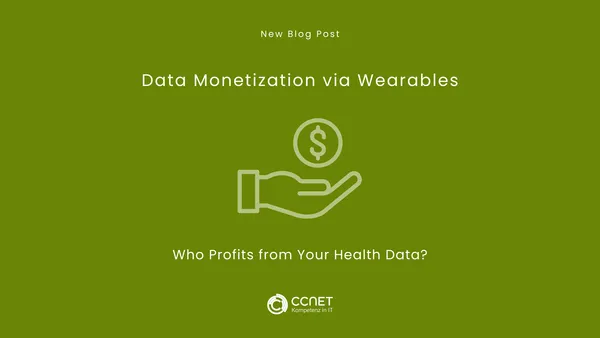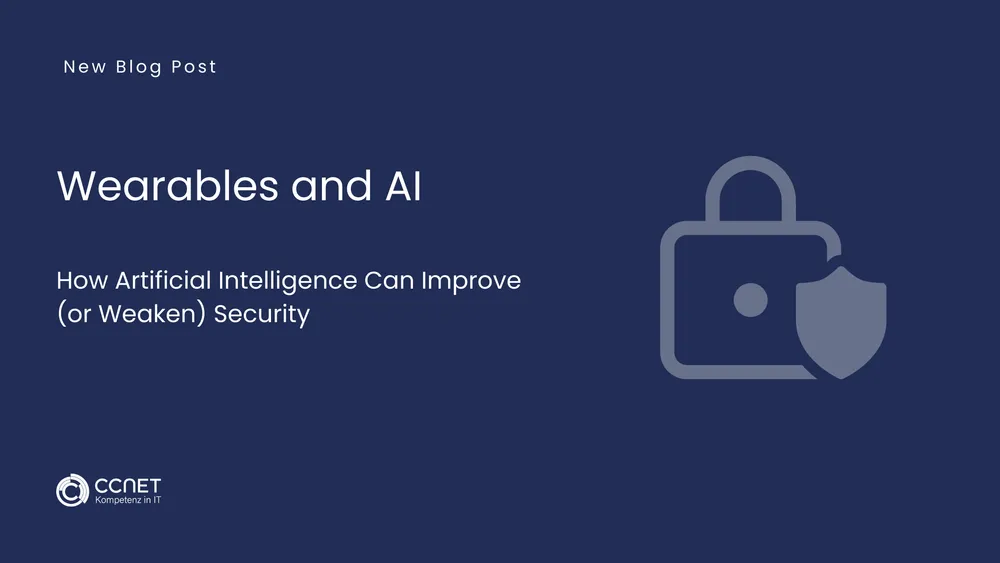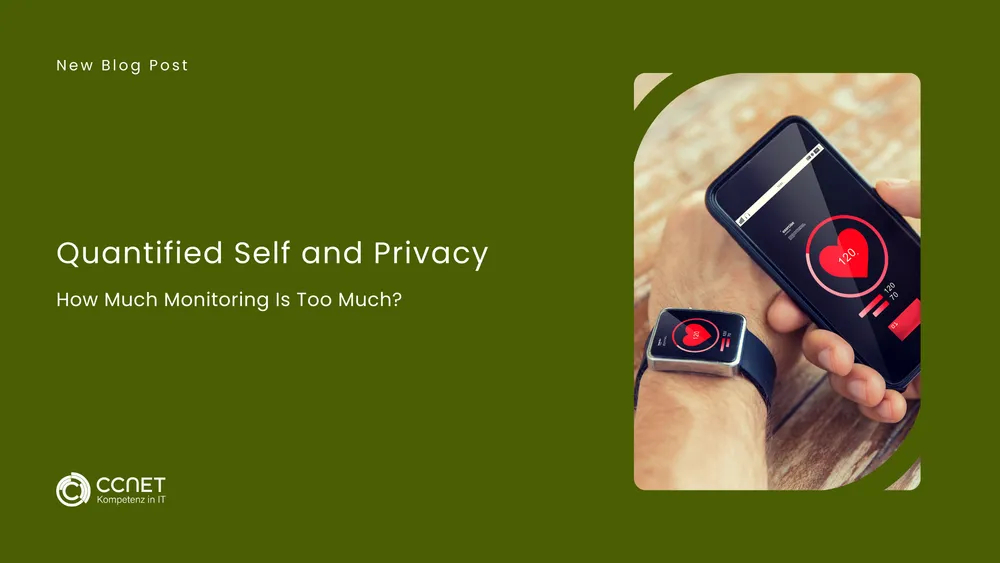
CCNet
Aug 29, 2025 • 2 min read

Data Monetizazion via Wearables: Who profits from your health data?
Wearables are no longer just fitness trackers—they continuously collect health data, analyze movement patterns, and monitor physiological changes. While users often believe this data belongs solely to them, the reality is more complex. Many companies have discovered that this information is extremely valuable and are monetizing it on a large scale. But who actually profits from your health data, and how transparent is the process for users?
1. Why Is Health Data So Valuable?
Health data is of immense interest across various industries. Pharmaceutical companies, health insurers, marketing agencies, and tech giants use it for:
- Targeted advertising: Ads can be customized based on individual health and fitness profiles.
- Insurance modeling: Health insurers may adjust premiums based on wearable data.
- Research and development: Pharma and medtech companies benefit from access to anonymized health statistics.
- Behavioral analytics: Large tech firms use the data to train AI models and enhance personalized services.
2. How Is Health Data Monetized?
Data monetization is often indirect, making it hard for users to recognize that their data is being used or shared:
- Sale of anonymized data: Many wearable manufacturers sell aggregated and anonymized health data to research institutions or commercial partners.
- Partnerships with insurers: Some vendors collaborate with health insurance providers to develop personalized policies based on user health profiles.
- AI model training: Tech companies use health and activity data to train machine learning models for new products and services.
- Ad network integration: App and cloud providers may analyze user data to serve personalized ads in apps or on social platforms.
3. How Transparent Is the Data Sharing Process?
Users often have little insight into what data is collected and how it is shared. Key issues include:
- Hidden clauses in terms and conditions: Users frequently consent to data use without realizing it.
- Lack of opt-out options: Many platforms do not provide easy ways to prevent data sharing.
- Insufficient encryption: In some cases, health data is stored or transmitted without proper encryption, increasing security risks.
4. How Can Users Protect Themselves?
Users who want to limit the exposure of their health data can take the following steps:
- Check privacy settings: Device and app settings often allow users to control what data is shared.
- Review transparency reports: Some manufacturers publish reports showing what data is collected and how it's used.
- Choose privacy-conscious providers: Certain wearable companies explicitly avoid sharing data with third parties.
- Audit app permissions regularly: Ensure apps only access the data they truly need.
5. Conclusion: Data Awareness Is Key
The monetization of health data is a lucrative business that remains opaque for many users. While some companies handle data responsibly, there are recurring reports of questionable practices. It’s critical for users to understand privacy policies and make informed decisions about who they trust with their health data.


